|
Working with pattern testers not only helps me improve the quality of my pattern, but also provides me with a source of inspiration from all the lovely projects they create. Below are some of their Iris Bralette projects, and I hope you enjoy seeing them as much as I do.
0 Comments
Glissenette is a sheer nylon/spandex fabric usually used in skating costumes. This is another unconventional fabric for bra-making that I wanted to experiment with. Glissenette is very lightweight, available in a wide range of colors, and both shiny and matte finishes. This fabric is different from the others that I typically work with in that is has much more lengthwise stretch than crosswise stretch. Beige fabric shown above has a shiny, shimmery finish. It is 90/10 nylon/spandex and has 60% lengthwise stretch, and 10% crosswise stretch. Pink fabrics shown above has a matte finish. It is 90/10 nylon/spandex and has 70% lengthwise stretch and 20% crosswise stretch. Pros:if you are looking for a sheer fabric with a smoother surface than lace or stretch mesh, this is it! While it is lightweight, the relatively high amount of spandex (10%) gives bralettes in this fabric medium support. Cons:I found this fabric to snag easily. Be sure to use very sharp scissors and a new rotary blade when cutting your pattern pieces. Thin sharp pins are also a must. The same fabric used in sports jerseys and shorts, athletic net is a poly or poly/spandex knit with teardrop-shaped holes. The non-stretch version, shown above in blue is 100% poly, and has 30% crosswise mechanical stretch and 15% lengthwise mechanical stretch. The surface is very smooth and shiny. The stretch version, shown above in black, is 90/10 poly/spandex, and has 50% crosswise stretch and 30% lengthwise stretch. The surface is smooth, but not as shiny as the blue version. I made my very first Iris Bralette prototype out of the black athletic mesh, and it was purely an experiment to see what I could do with this fabric. It was part of a grab bag, and since I'm not really a sportswoman, I wasn't sure what to do with it. I was very surprised with the results, and found the bralette very comfortable with about medium support. Pros:Atheltic net creates a very sporty bra or bralette, if feminine fabrics aren't your thing. The surface is very smooth to wear under clothing. The holes in the mesh provided air circulation, which was much appreciated in the hot summer weather. Cons:Once the fabric became damp with sweat, it didn't dry out on the body, so this could be a problem in very humid weather or if the bralette is worn for exercising. Scuba knit (also called Techno Scuba) and Liverpool are medium weight poly/spandex blend knits available in a wide range of solids and prints. Scuba knit is a lofty double knit with about 25-40% crosswise stretch, and 20-30% lengthwise stretch. Due to the poly being finely spun, the fabric surface is very smooth with a hint of sheen. Liverpool is also a lofty double knit fabric with similar fiber content and stretch as scuba. However the surface of the fabric has a crepe-like texture. Pros:I like both of the these fabrics for bra-making because they have a low stretch, which helps create some support. The thickness is appealing if nipple show-through is a concern. The smooth surface of scuba makes it comfortable to wear under clothing. If you like to make bras and bralettes with printed fabrics, scuba and liverpool are great choices Cons:Due to the low stretch percentage, scuba and liverpool bralettes without a back closure could be difficult to pull over the head. Polyester does not breathe well, so these fabrics could become uncomfortable in a hot and/or humid environment. I am so happy to share with you my new pattern, and first ever bralette pattern, the Iris Bralette!
What do you look for in a bralette? I want mine to be comfortable, supportive, and pretty. Unlike many of the stretch knit bralette patterns out there, Iris has separate cups and cradle to provide the best fit and support. A variety of front and back style options let you create something beautiful to fit your personal style and needs. Have you ever used pattern weights? I hadn't heard of them until I worked in the fashion industry and saw the sample cutter using large cast iron pattern weights instead of pins to hold down the pattern pieces. It made sense in that instance, since patterns were printed on heavy paper and not flimsy tissue paper.
But are pattern weights good for home sewing use? I definitely think so. Supposedly they are more accurate than pins, because the fabric is not being distorted. I'm not the queen of accuracy, so I can't really say I noticed a huge difference in the accuracy of my cutting. But I did find them much faster to use than pins. Instead of spending lots of time adding in pins, I just plop down the weights in the corners and halfway down the seams, and I'm ready to cut. Pattern weights work best if you are using a rotary cutter. The sample cutter with the industrial pattern weights did use scissors, but I don't really know how he was able to cut right along the edge of the pattern pieces. You can buy Dritz pattern weights from Joann, but at $17 for 4 they are quite pricey. Four pattern weights wouldn't get you very far, so you would need at least two sets. Thankfully, I found how to make my own! I went to my local home improvement store and bought the largest washers I could find. I think they are about 1-3/4" wide. I stacked three on top of each other, then used scraps of yarn to wind around and around until all the washers were covered. If you don't have yarn, you can also use narrow strips of thin fabric, maybe leftover bias binding or selvedges. You want to cover up all the metal edges so that nothing will get snagged on the fabric. Easy, right? I have nine of these homemade pattern weights and I use them on every project. If you make a lot of bras, or anything with tiny pieces, you might wish to make a few smaller weights as well. I was given a set of the Dritz pattern weights, which are smaller than the ones I made, and I frequently end up using them when I cut out a bra project. Do you use pattern weights? Do you prefer them over pins? I'm sure many (if not most) sewists today have a magnetic pincushion just like the one pictured above. I've had this particular once for almost as long as I have been sewing. But one pincushion is never quite enough, is it? I don't know about you, but I pin at my cutting table, then carry the pieces over to another room with my sewing table. I usually forget to bring the pincushion with me, so I usually spend half my sewing time traipsing back and forth across my house. So, I decided to get another magnetic pincushion, only to find out that they are expensive! I believe at Joann right now they are around $15. Ridiculous! There must be a cheaper solution. Well, I can thank my husband for solving the problem. One day on a shopping trip, we stopped by Harbor Freight Tools. While he did his thing, I was wandering around and saw quite a few tools that are great for sewing! Here is what I found, a 4" magnetic bowl (same size as the pin cushion from Joann) but for $3! Now, of course it doesn't come in pretty colors, but if I have to choose between form and function, I'm definitely going to choose function! And at that price, I bought two so I have multiple pin cushions around my sewing areas. I also like to put the screws and throat plate on here when I clean my machine, so nothing gets lost. You do clean under your feed dogs, right? Right?... ok, maybe that's a blog post for another day.
Do you shop for sewing tools at the hardware store? I think we've all had bad experiences with the purple Dritz fabric marker with disappearing ink. So much time spent carefully marking all the important points on your pattern pieces, only to find them gone the next day. Or, you plan to use a purple fabric and the ink blends right in! What to do? Now, I can't take credit for this. I read it in some sewing forum, but I can't remember which one. The cheaper alternative: Crayola Washable Markers. Yes, the same markers your kids use. For about the same price as one of the Dritz markers, you can get a whole pack of the fine tip Crayola markers. I have used all the colors, and in my personal experience I have not had a problem getting any of them to wash out. I even used the red marker on a quilt with a white background, and found that my water bottle leaked inside by bag. The red ink was smeared all around, and I was afraid it was going to stay that way. When the quilt was finished, I washed it as I usually would and all the ink came out! Of course, always do a test swatch, iron and wash it to make sure the ink will come out. Another good marking option are the Pilot Frixion pens. I bought a 3-pack with red, blue and black, and someone gave me the pink pen. These make a very fine line, so they are good for very precise markings.
These markings disappear under heat, so once you iron over them they are gone. Well... not exactly gone... I read a story of a quilter who used one of these pens on her quilt top. The quilt was flown to a quilt show, and lo and behold the pen markings had returned!! How?? Apparently freezing temperatures brings them back, even after washing. So I would recommend using the frixion pens for markings that will be hidden in the finished garment, or just don't go into below freezing temperatures? And if you do accidentally erase your markings, try putting your fabric in the freezer--they might just come back! Do you have any unusual tools for marking? Awhile ago I made this set, and I forgot to share it! I thought of it again when I was writing my post about joining strips of lace. PatternsBralette: Bambi Bra by Ohhh Lulu Panties: Hellebore Hi-Cut This is my second time using the Bambi Bra. It is an interesting pattern because you can use knit or woven. I used bias charmeuse the first time and it turned out too big. The only measurements indicated on the size chart are the full bust measurements, and a note that Cup Size 1 is for A-B and Cup Size 2 is for C-D. I'm around a 32D, so I used Cup Size 2 and a size Small, but the band still felt quite big on me. The panties are one of my samples for my Hellebore Hi-Cut pattern. I enjoy making coordinating sets and wanted to use this pretty lavender lace again. Fabrics & TrimsMain fabric: Lavender heavy cotton-spandex jersey. I'm not sure of the weight or content because it came in a grab bag. Not terribly soft, but it has very good recovery, so it must have a high amount of spandex.
Back band: beige powernet. The pattern doesn't actually say to use powernet for the band, but the first time I used this pattern it was too big, so I made the band smaller and definitely needed firmer fabric in the back. Lavender lace: 2" wide, two pieces joined together. Also from a grab bag. Elastic (upper edges): Lavender matte elastic. I love matte elastic for panties, but this is probably not the best choice for a bralette. Mostly I used it because it matched well. It is thin and soft, but not very firm. Band elastic: 1/2" beige scallop elastic Do you ever find the perfect lace trim for a project only to find that it is too narrow? It has happened to me a few times now, and I wanted to share a trick with you. Using a zigzag stitch (and a bit of patience and slow sewing) you can join strips of lace together to make a wider lace. For my first Knicker November project, I wanted to make a pair of Daisy Briefs to match a new bralette. I have decided to combine both Style B & D, so I need some lace overlays for the sides. As you can see in the photo above, my lovely coral lace is just a bit too narrow for the pattern piece. Here, I have laid two strips of lace side by side. With the scallops perfectly aligned, there are big gaps at the lowest points in the lace. But if I offset the lace, with the big scallops over the lowest points, it fills in the gaps much better. Slightly overlap the lace. I have it laying on my cutting mat, but you might want to do this while you are at your sewing machine. It is a bit difficult to pin the layers, so you won't want to move very far with the lace. Use a medium width zigzag, centered over the overlap. Be careful not to stretch the lace while you are sewing, so that you don't get any ripples. In the photo above you can just barely see my stitching. A bit of steam from the iron will help the lace lay very flat; be careful not to have the temperature too high! Here are my pattern pieces cut out. Here it is all sewn up! My first pair of panties for Knicker November! I think it looks good, and I don't think the join is very obvious.
Have you ever wanted to use a lace that was too narrow for a project? How did you solve the problem? Happy Sewing! |
CassieI design lingerie sewing patterns for everyday comfort and feminine style in an inclusive size range. Fill up your underwear drawer with beautiful custom-made bras and panties in your favorite fabrics and trims, designed to fit your body. Categories
All
Archives
February 2024
|


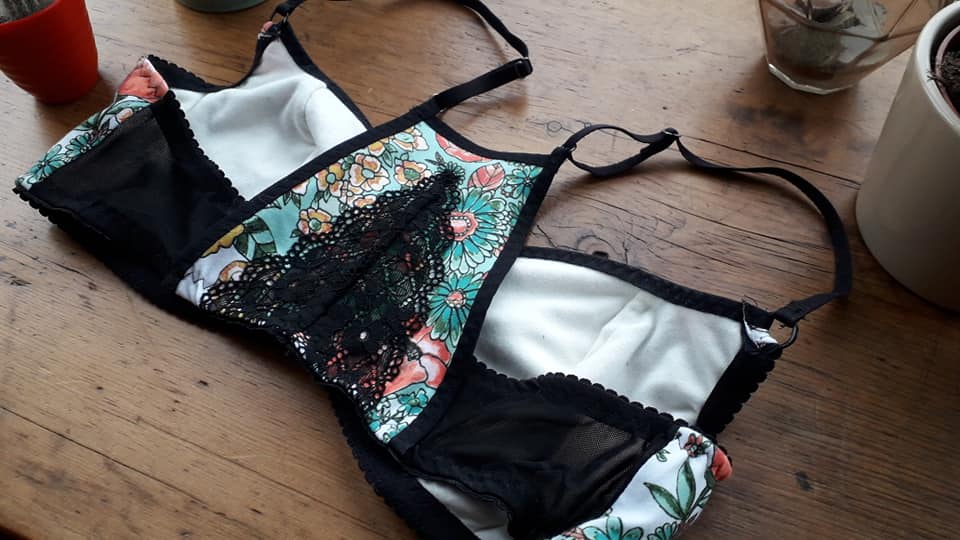
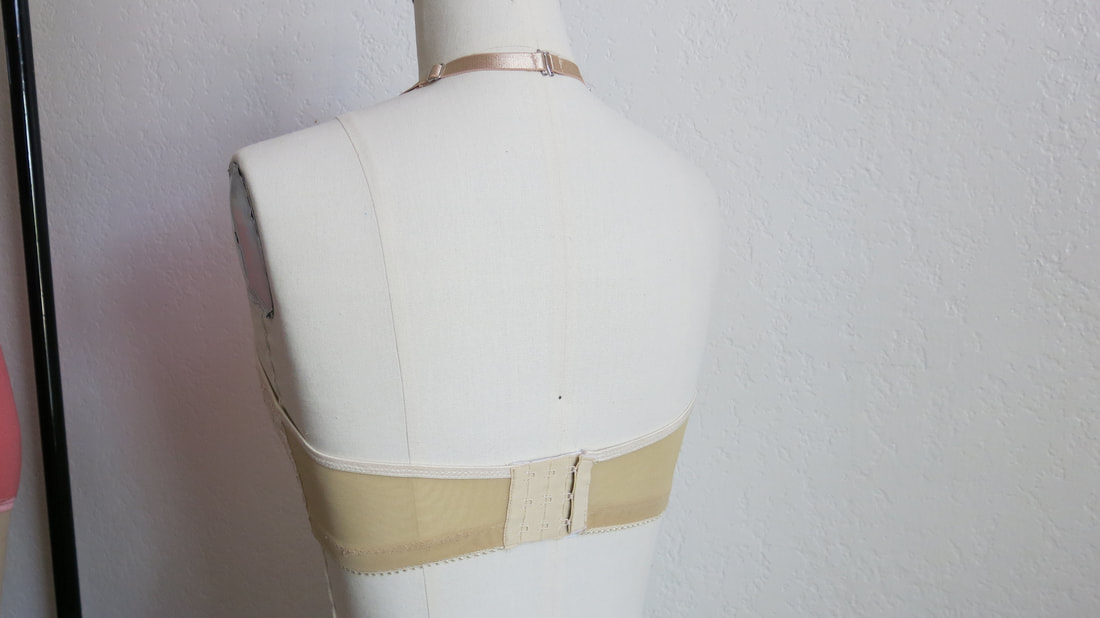
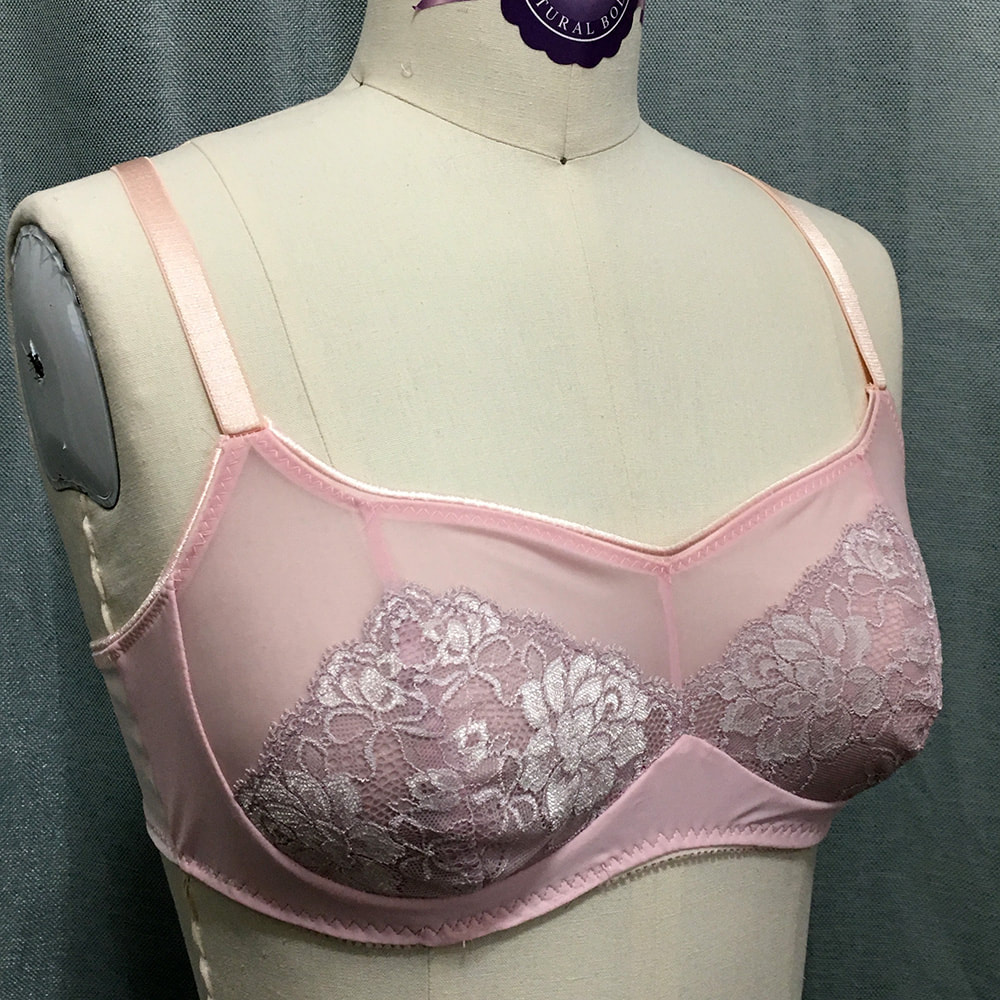
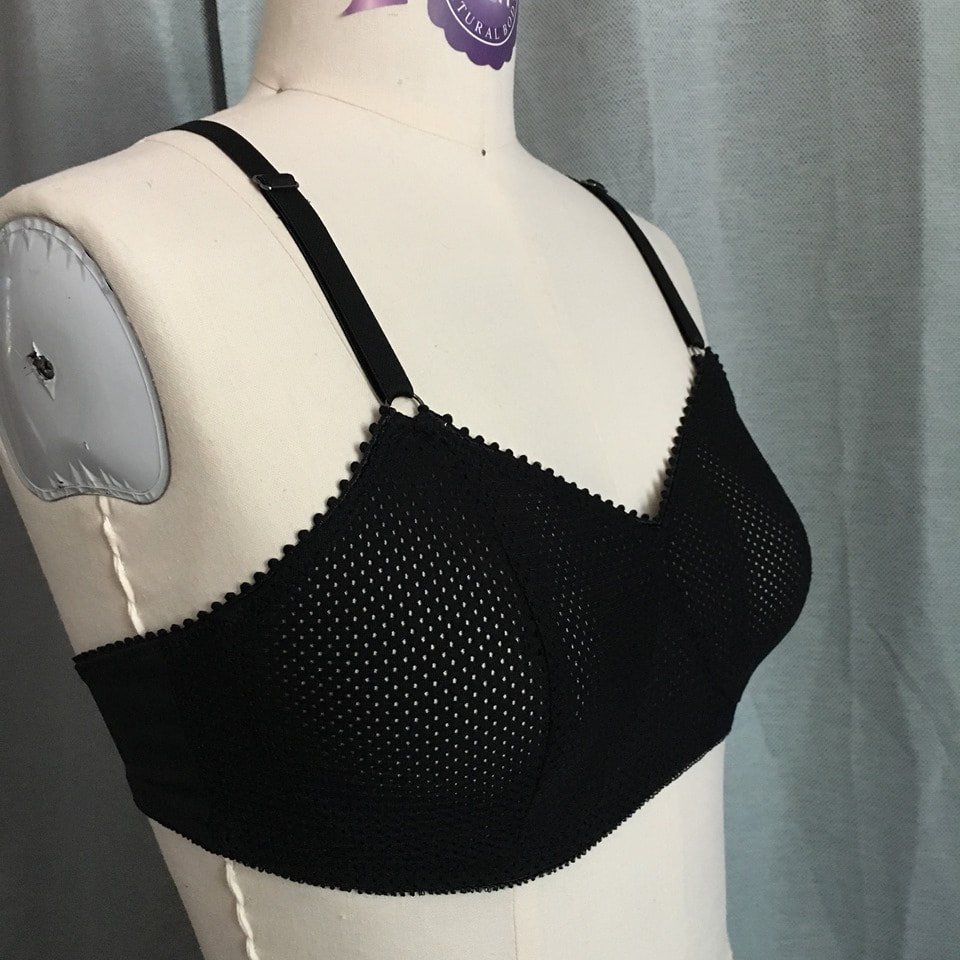
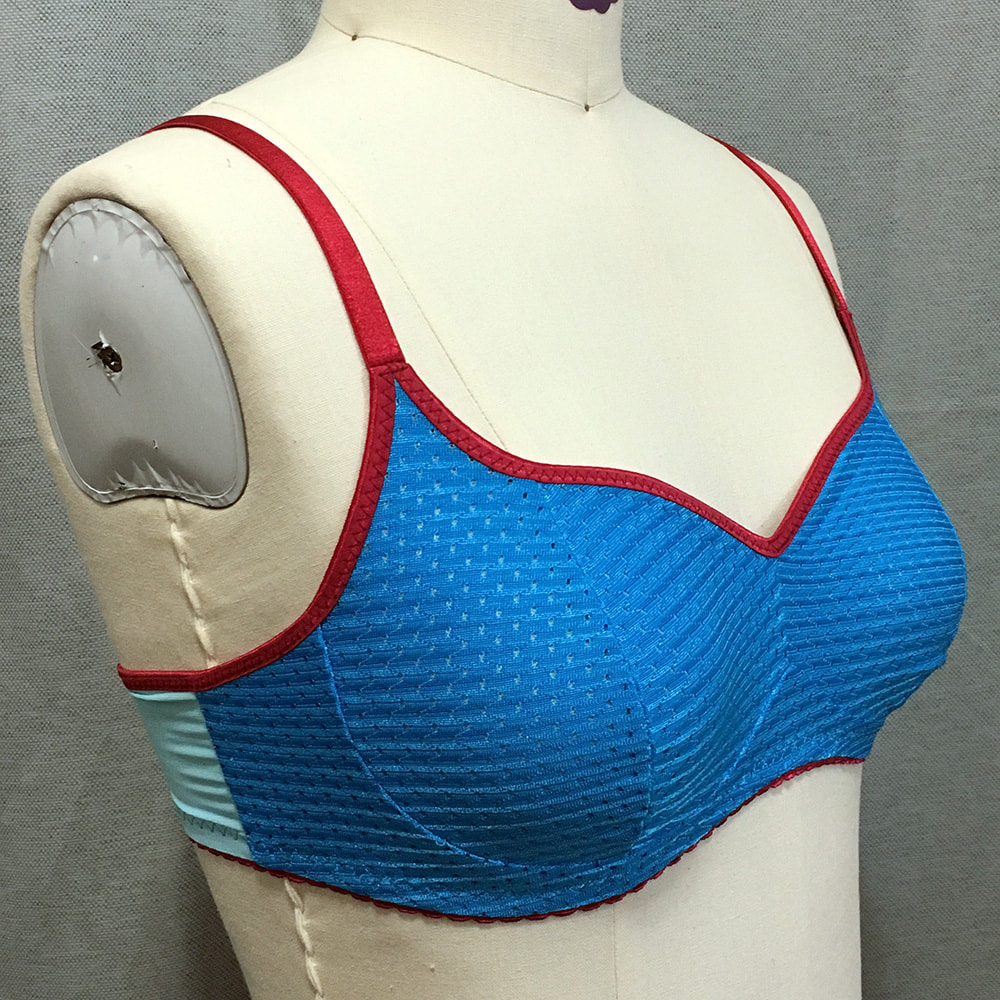
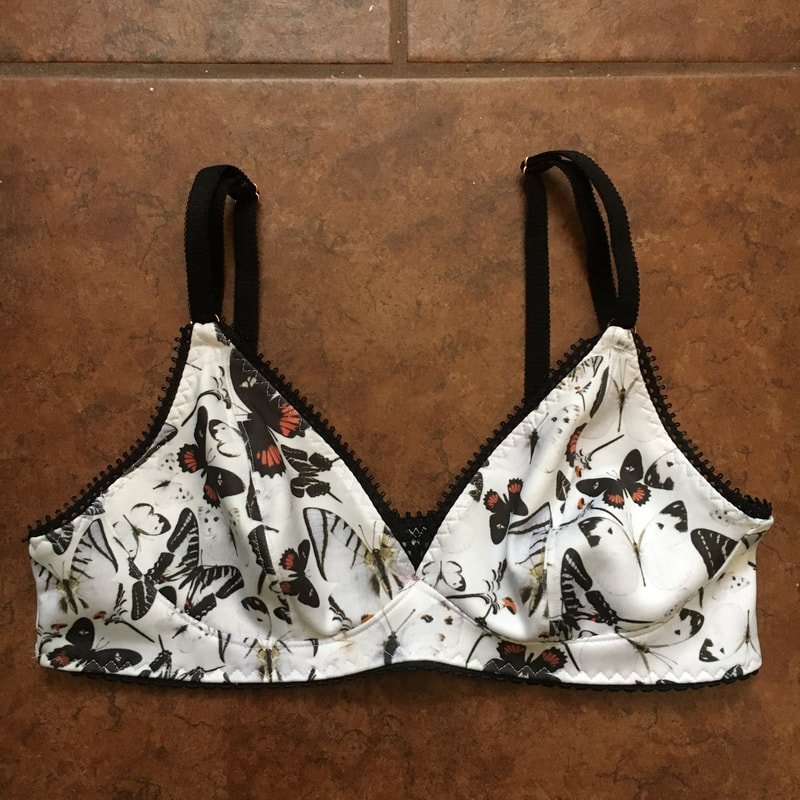
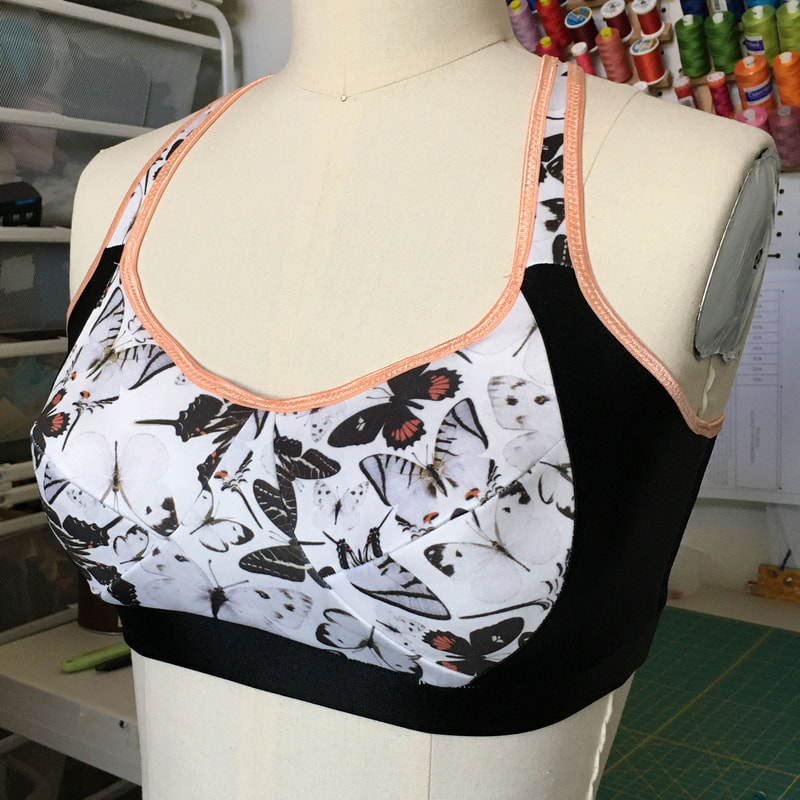
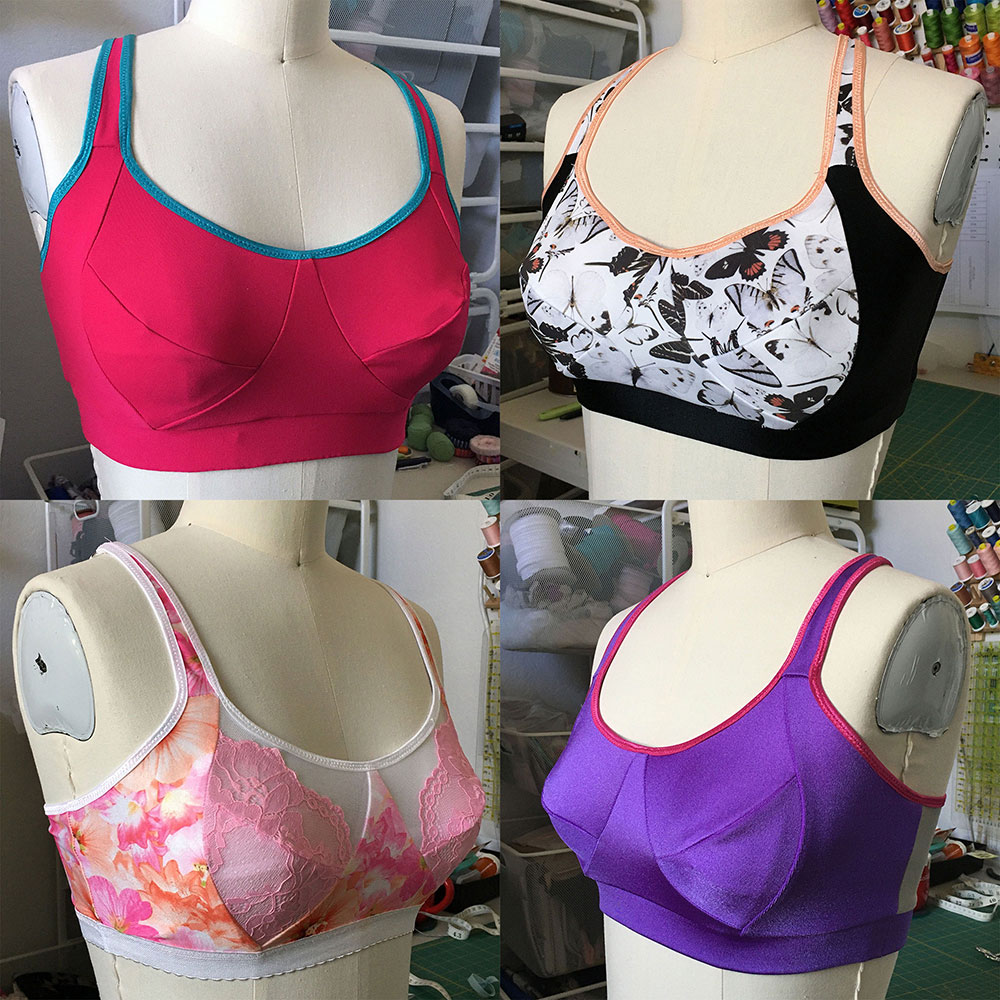
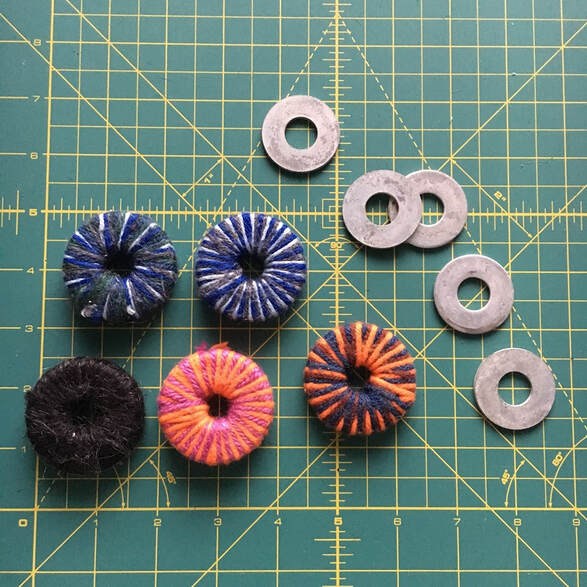
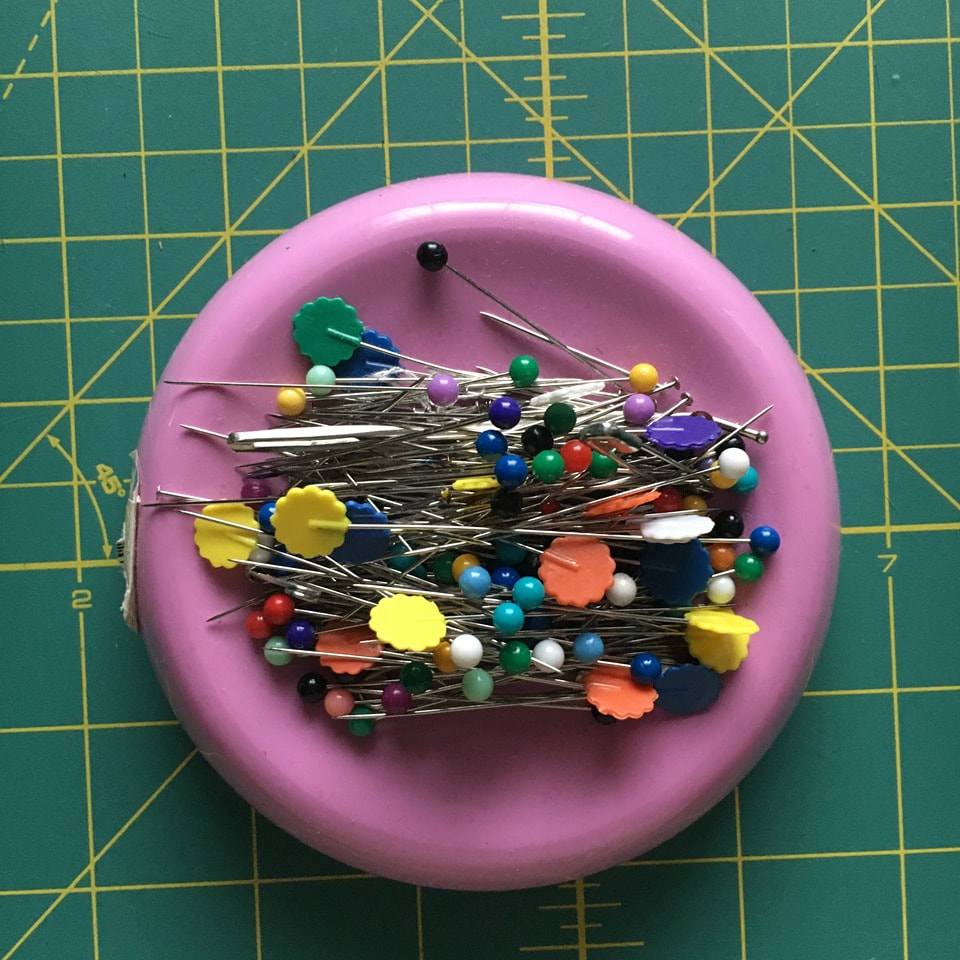
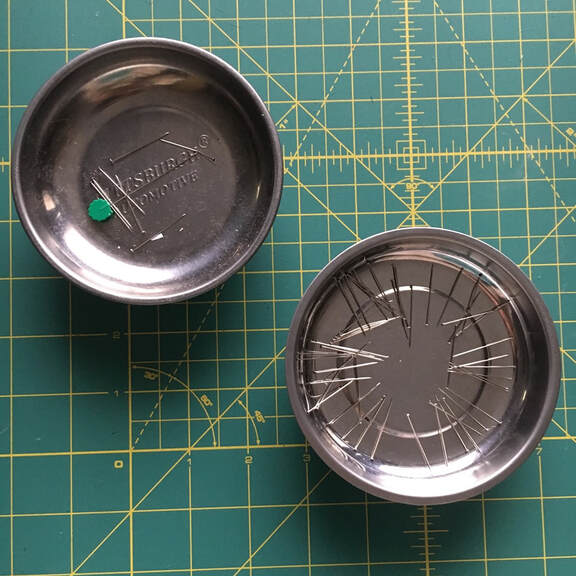
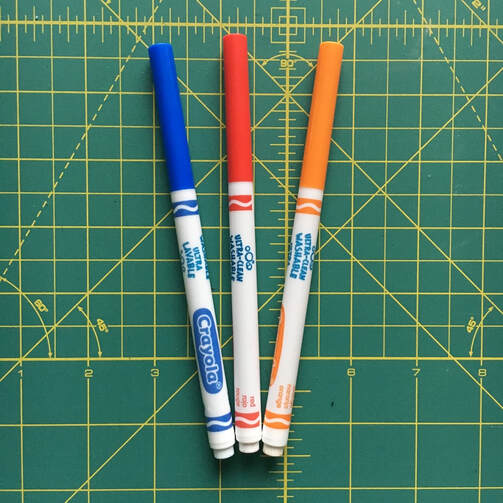
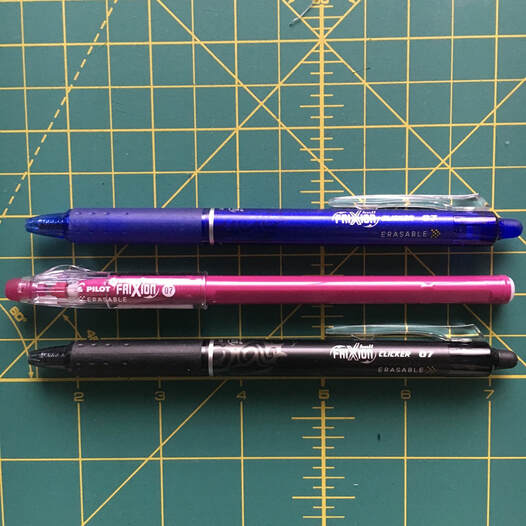
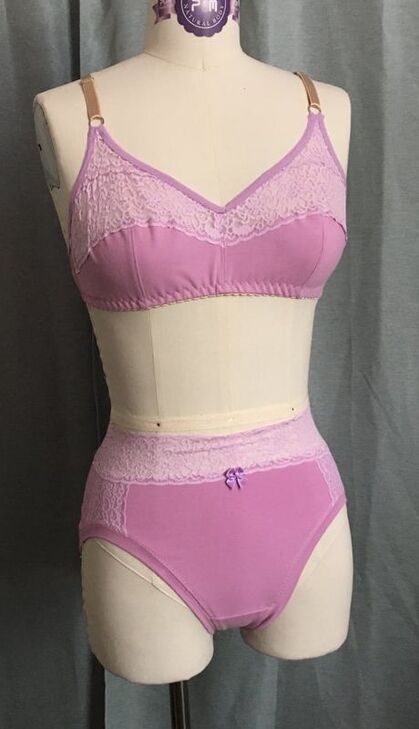
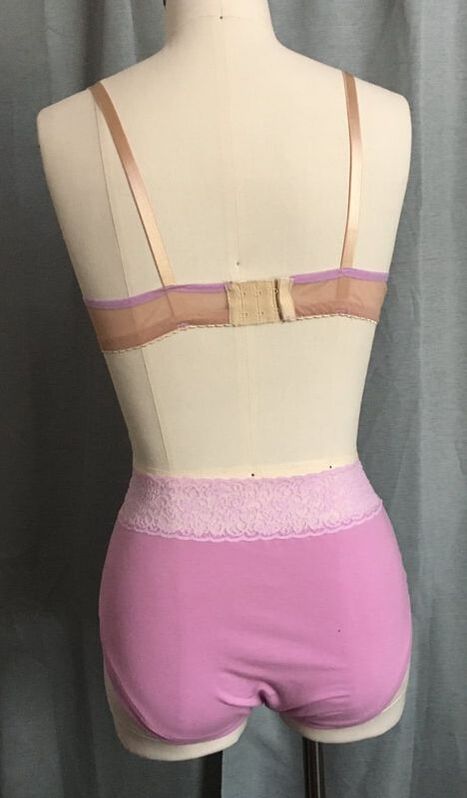
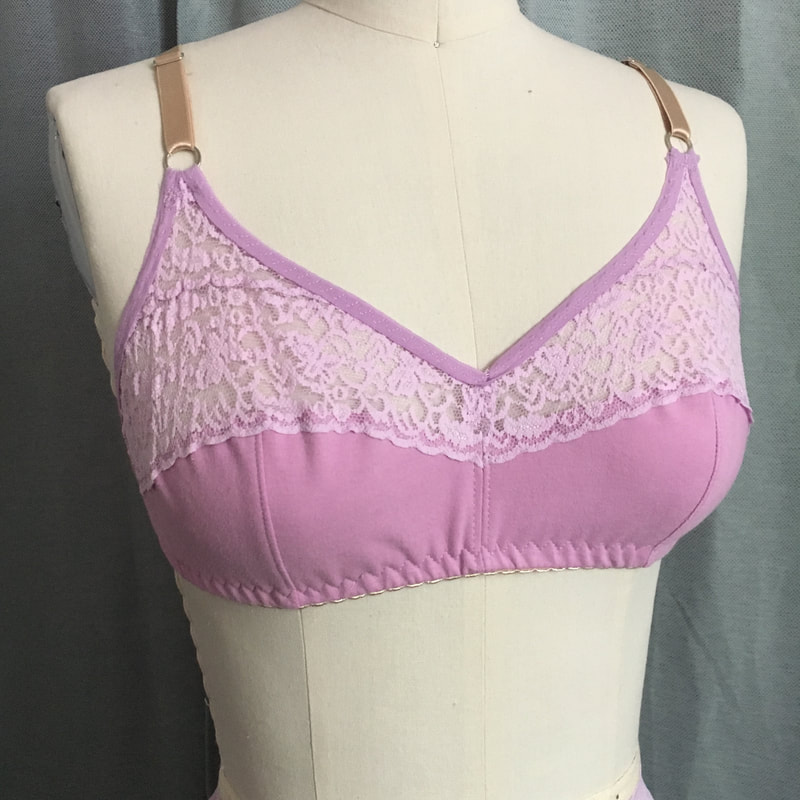
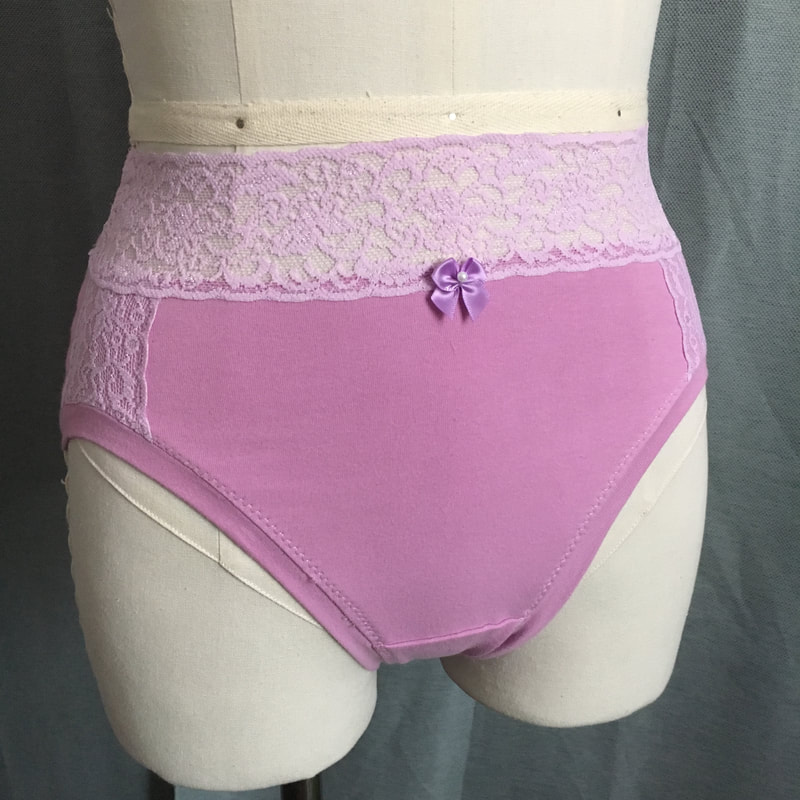
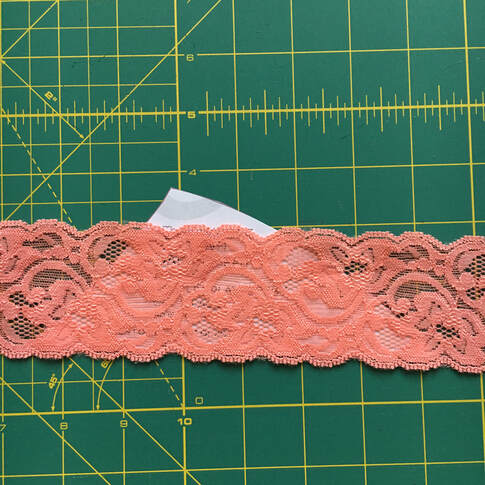
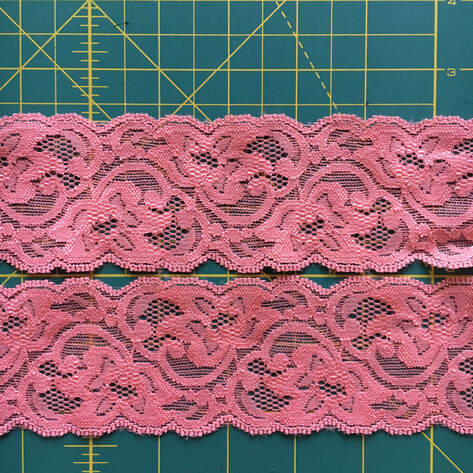
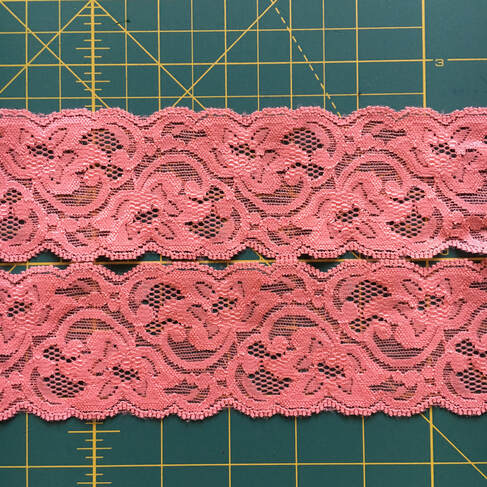
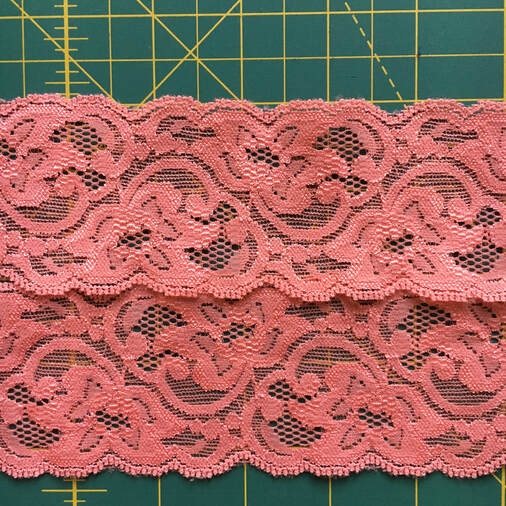
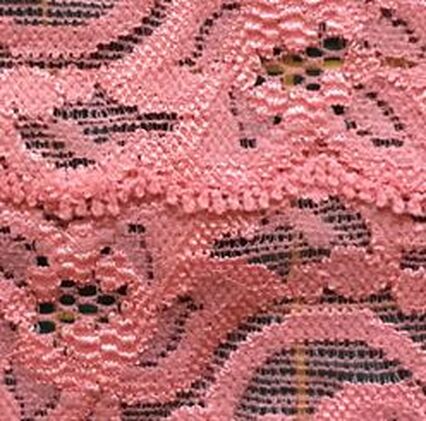
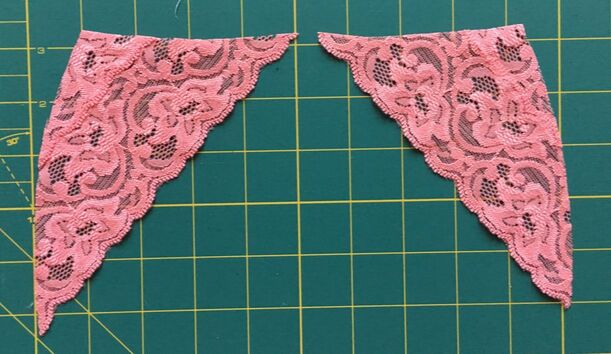
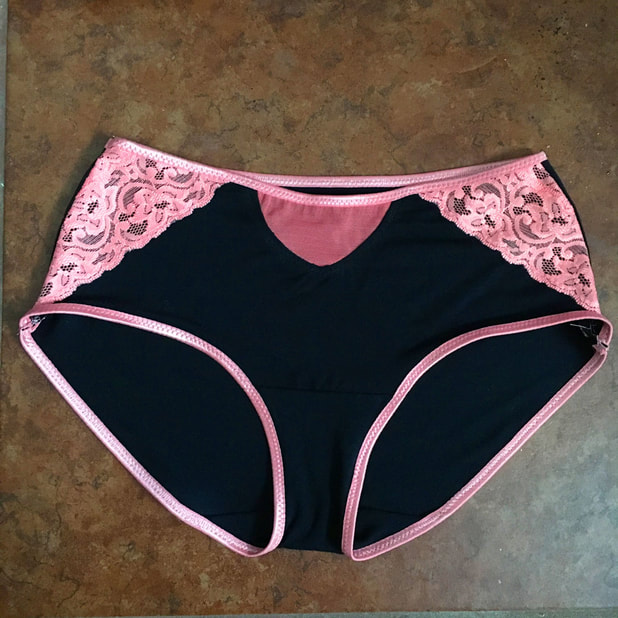
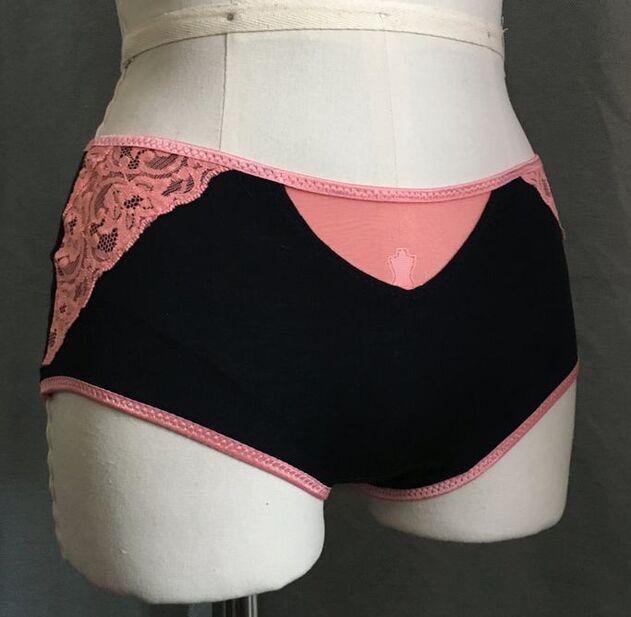

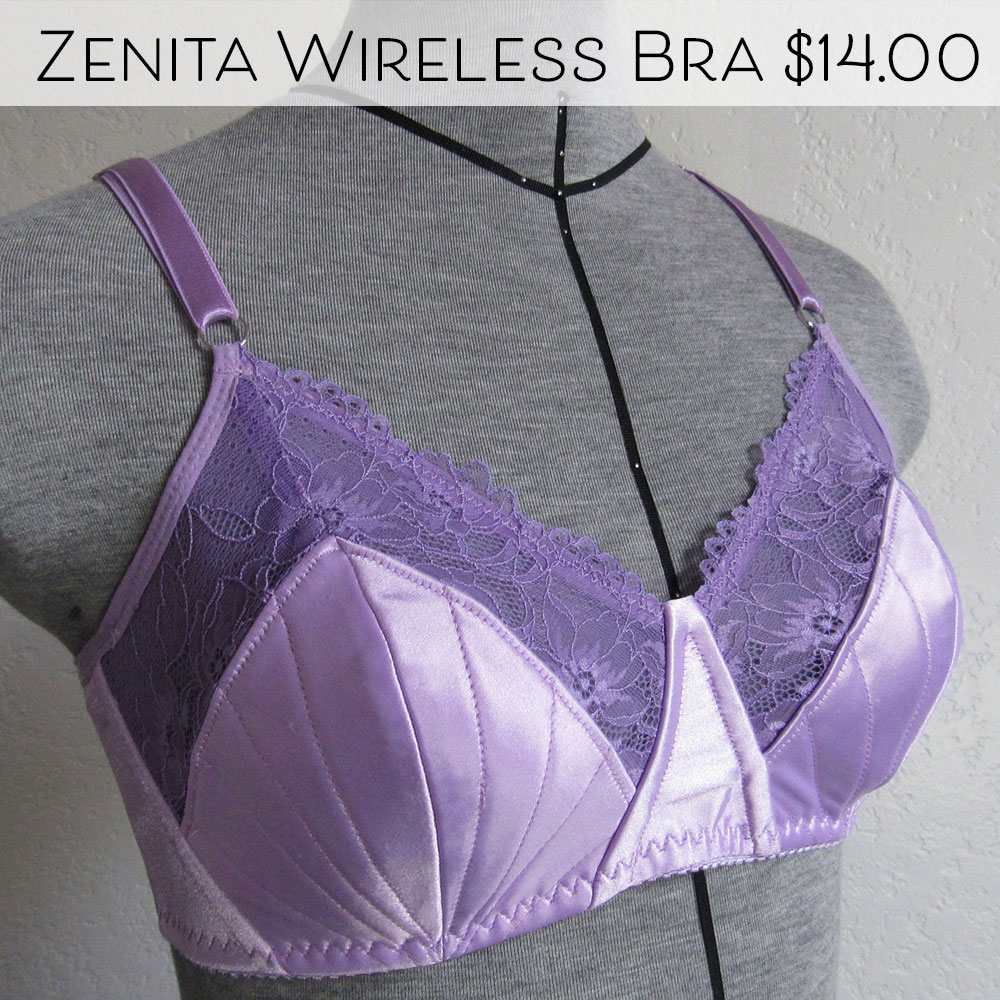
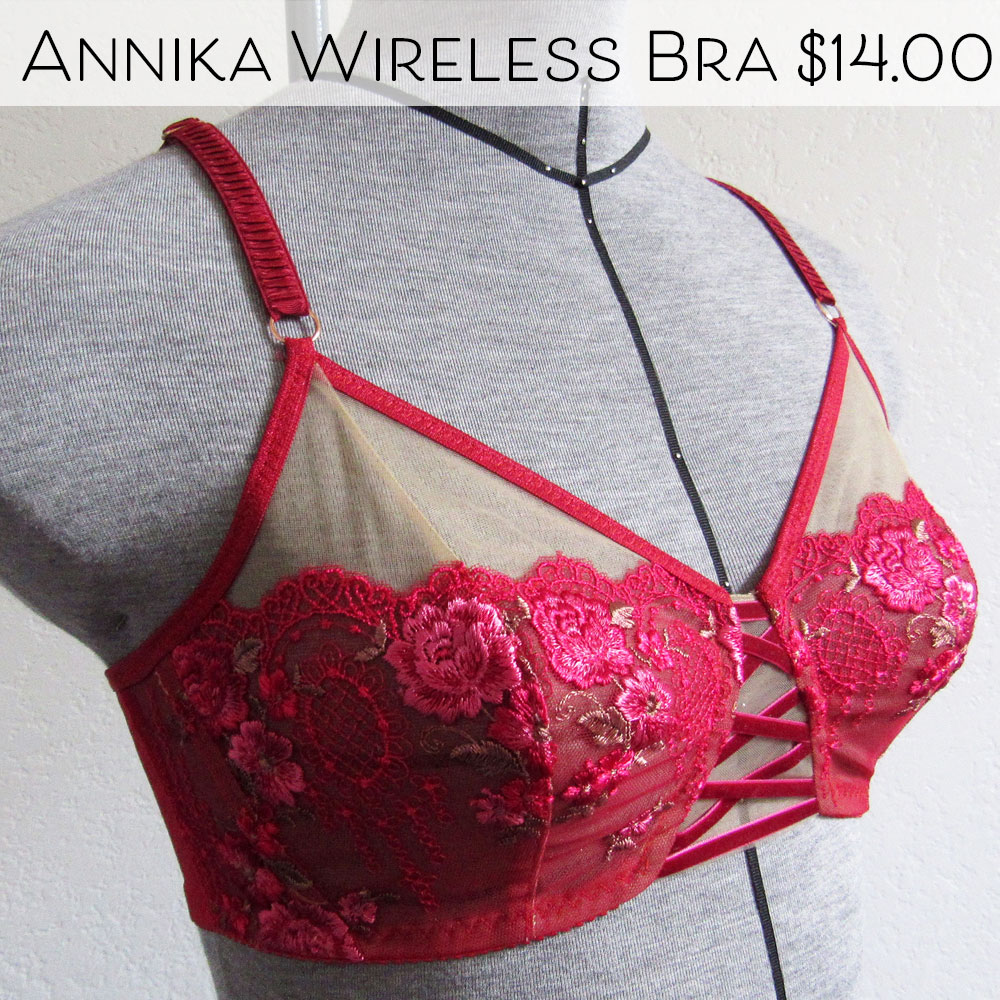
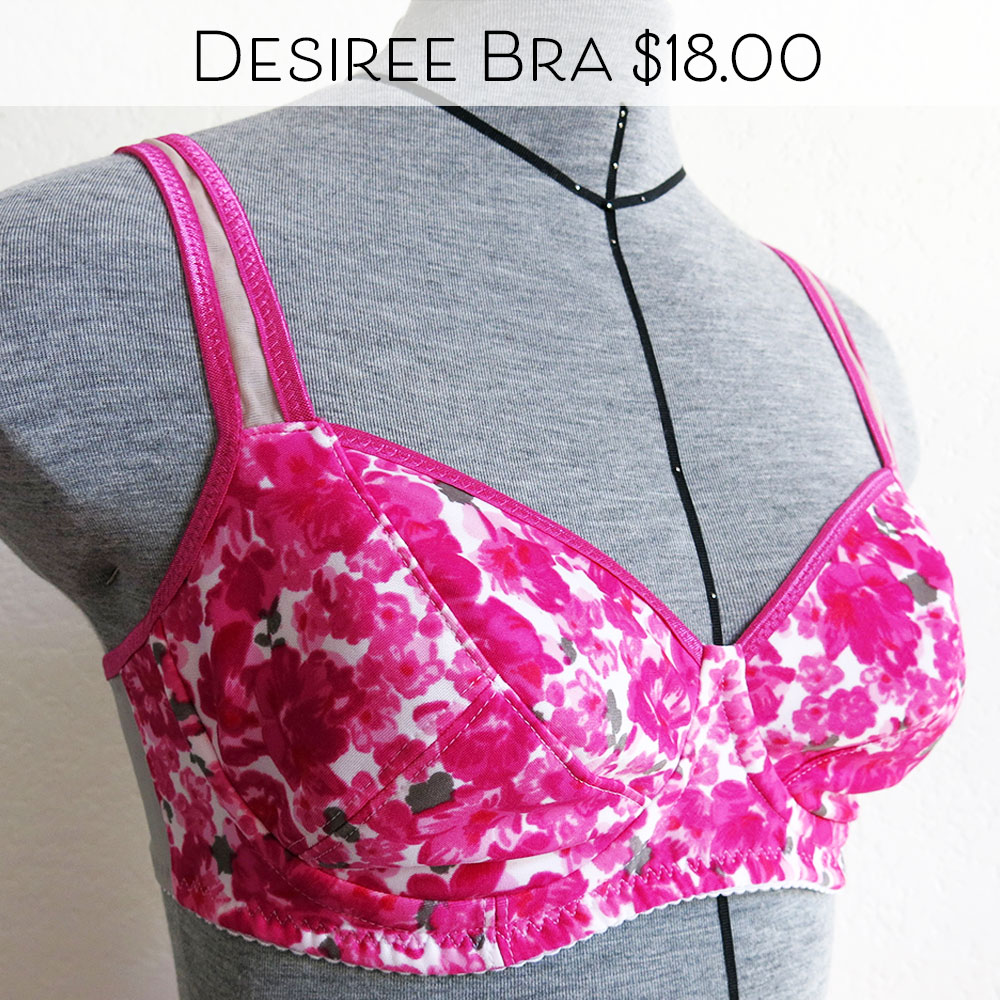
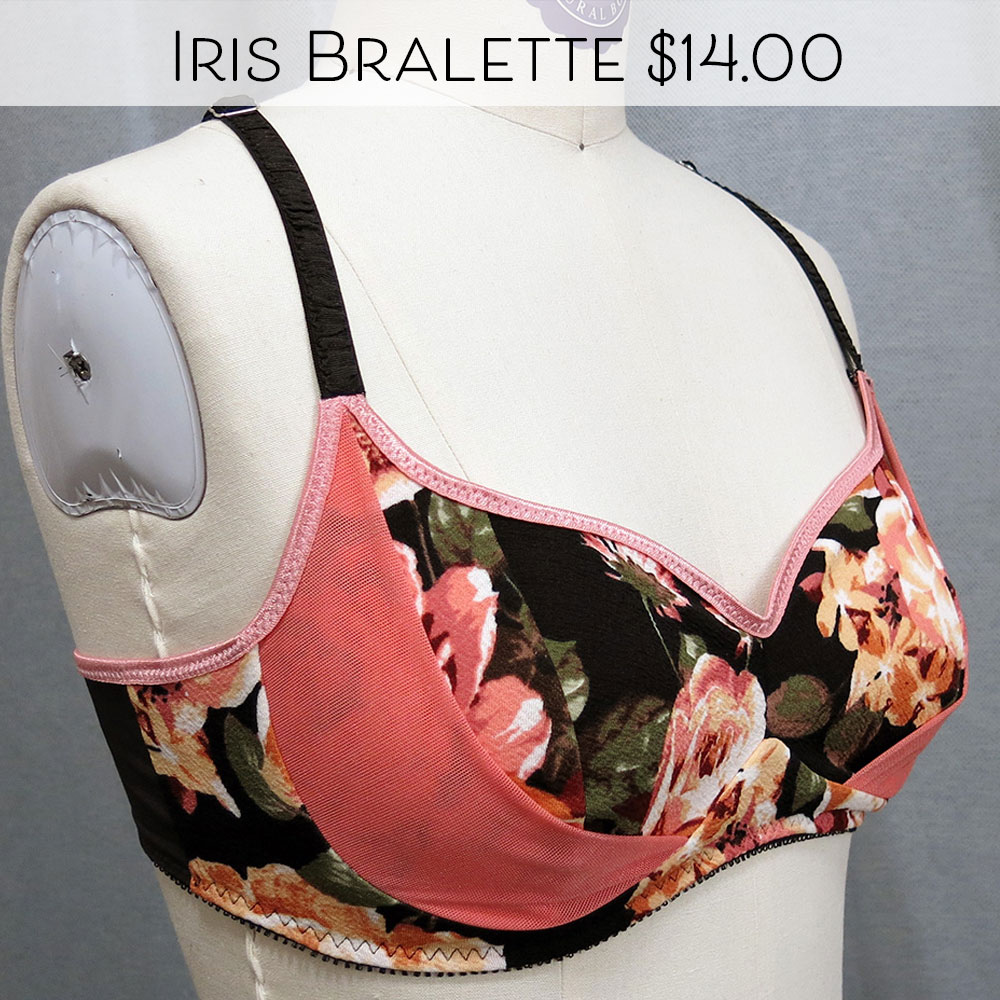
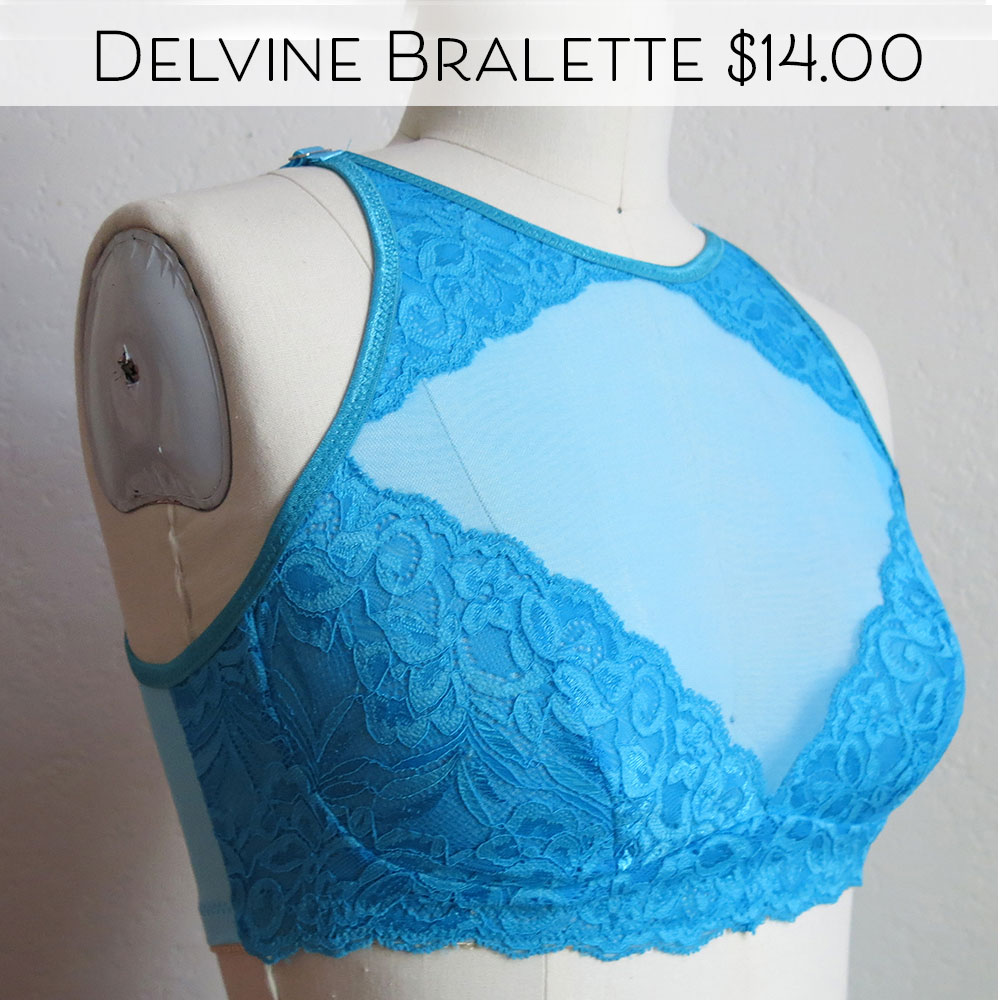
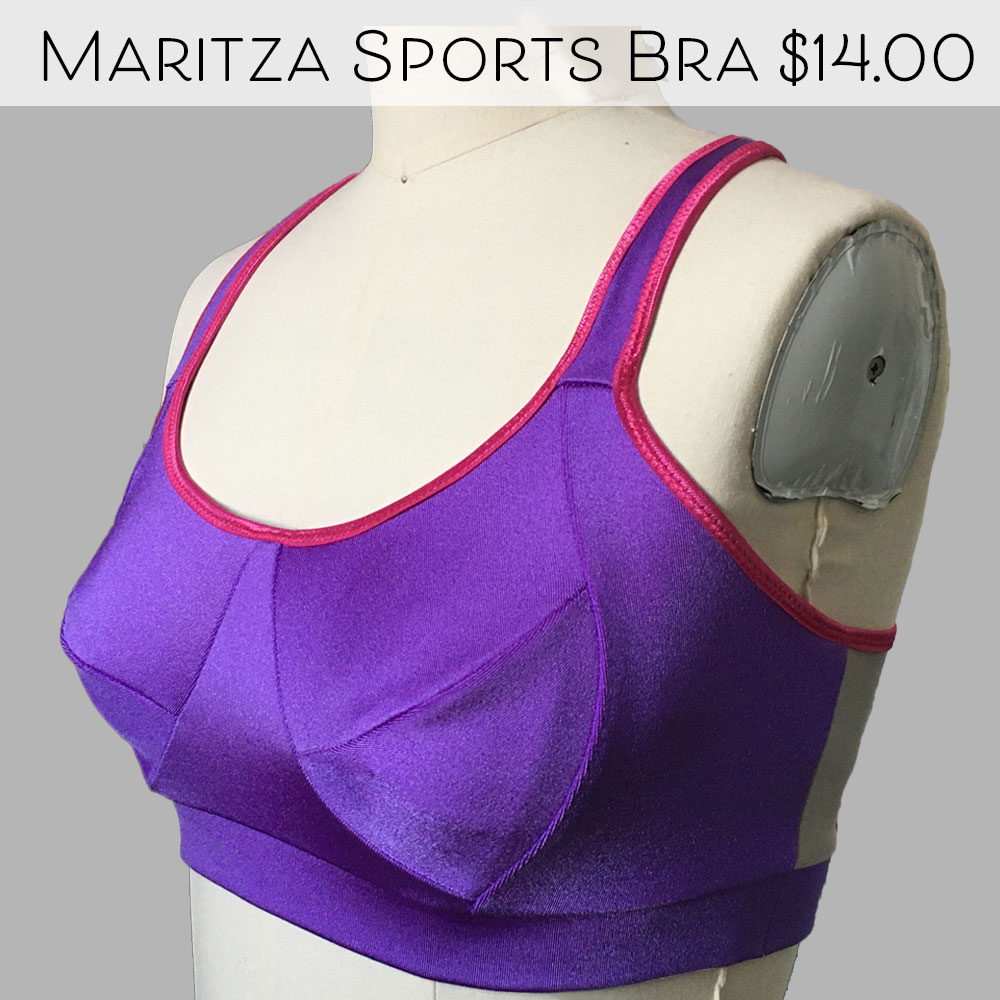
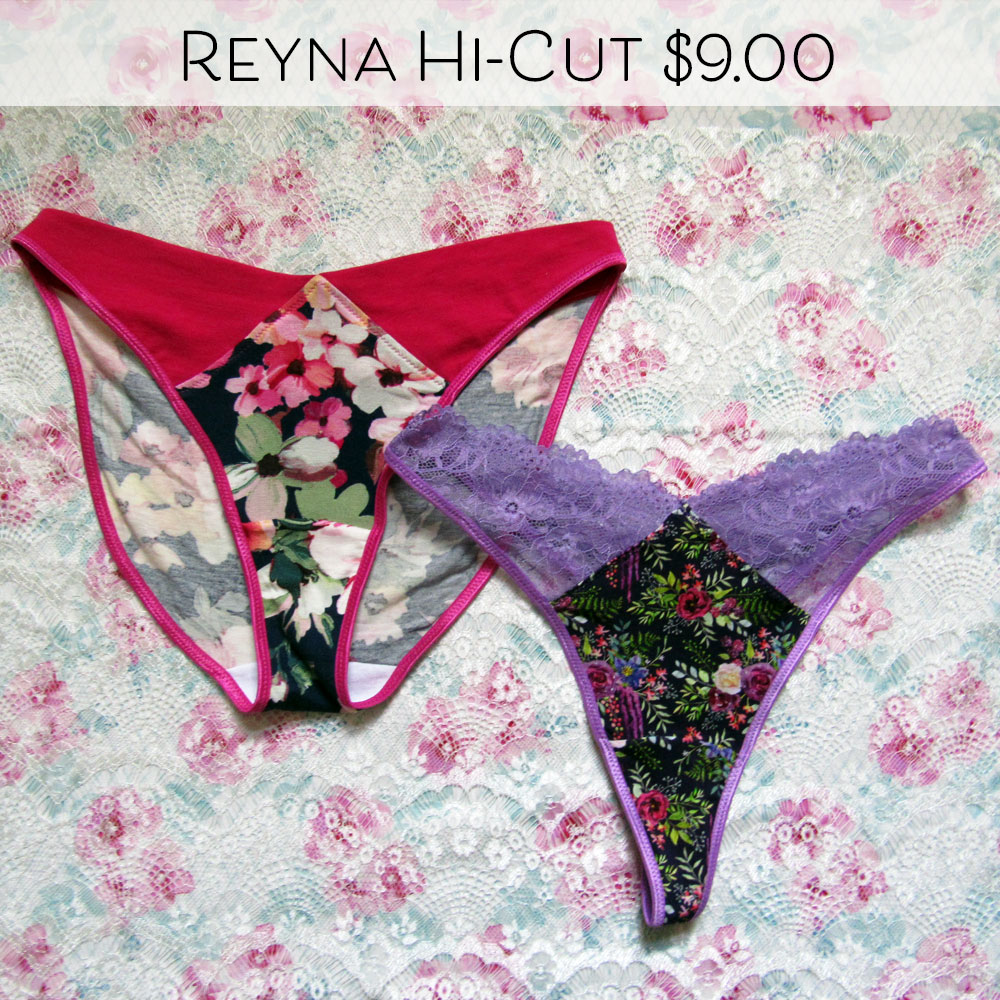
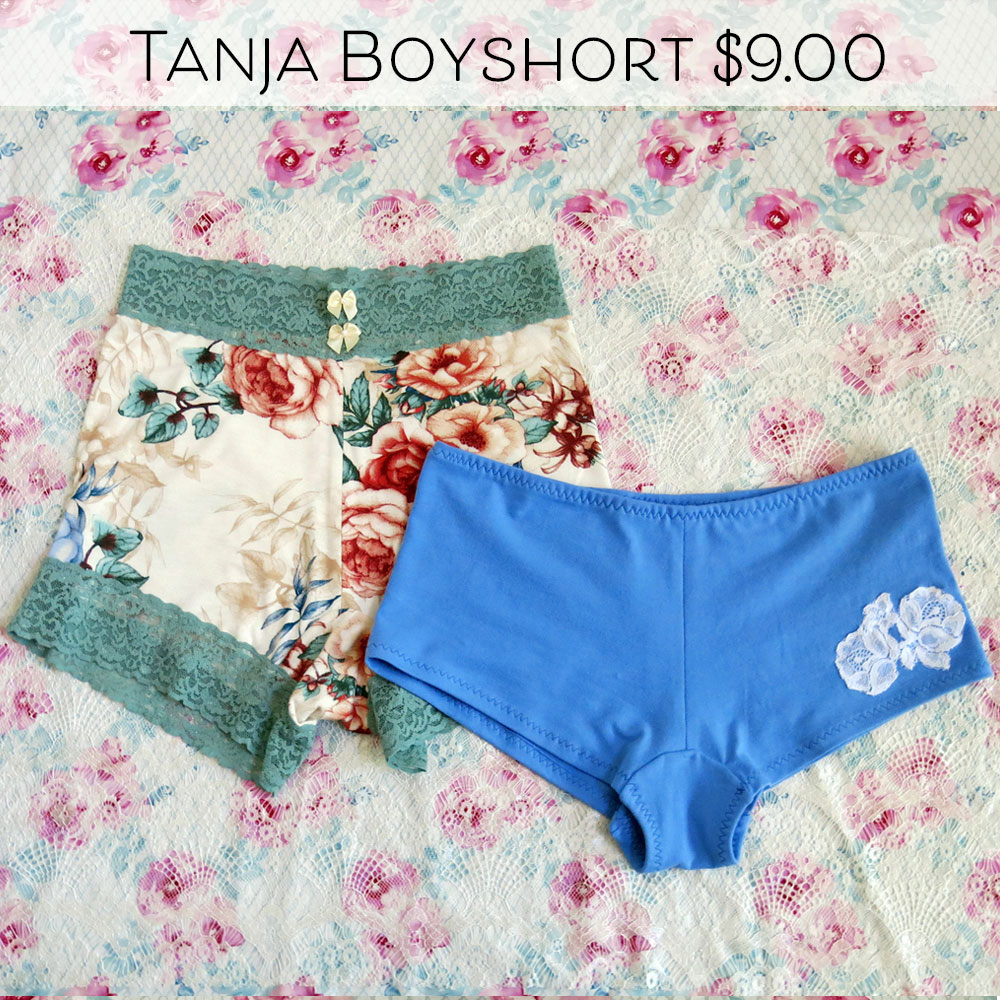
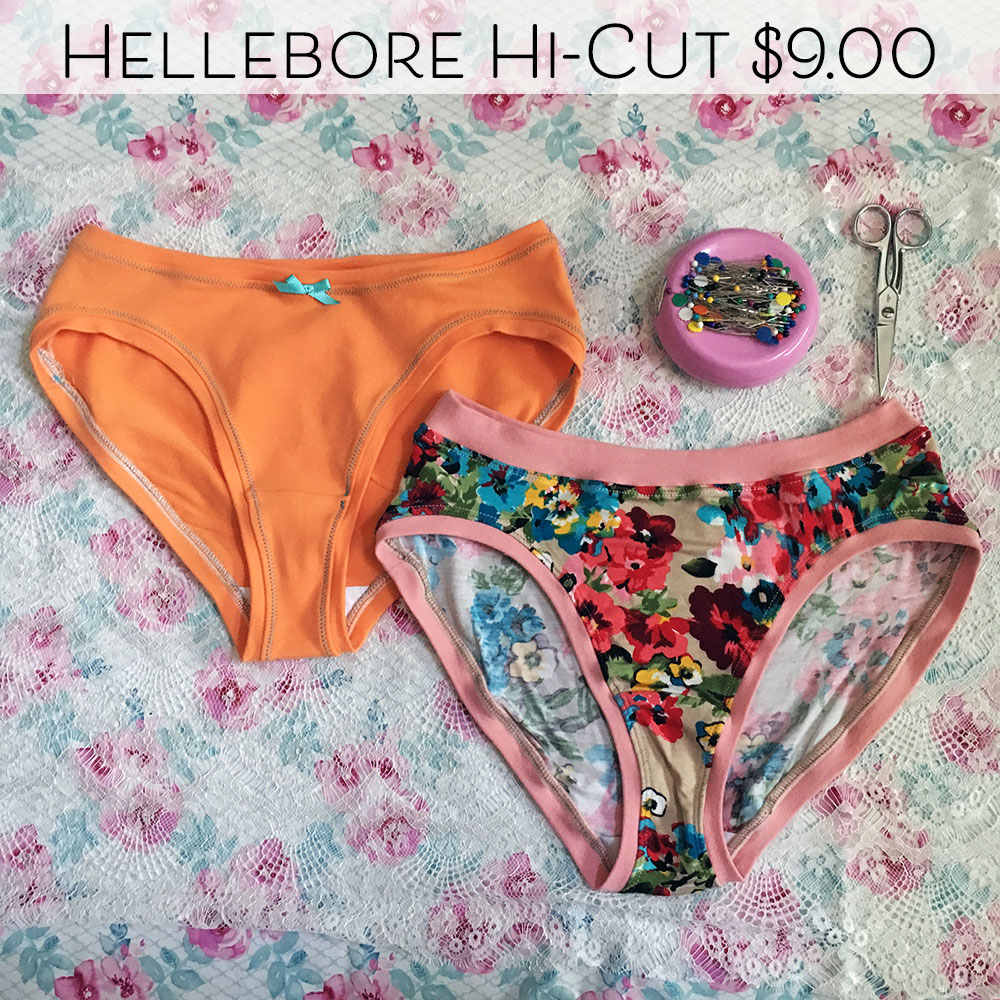
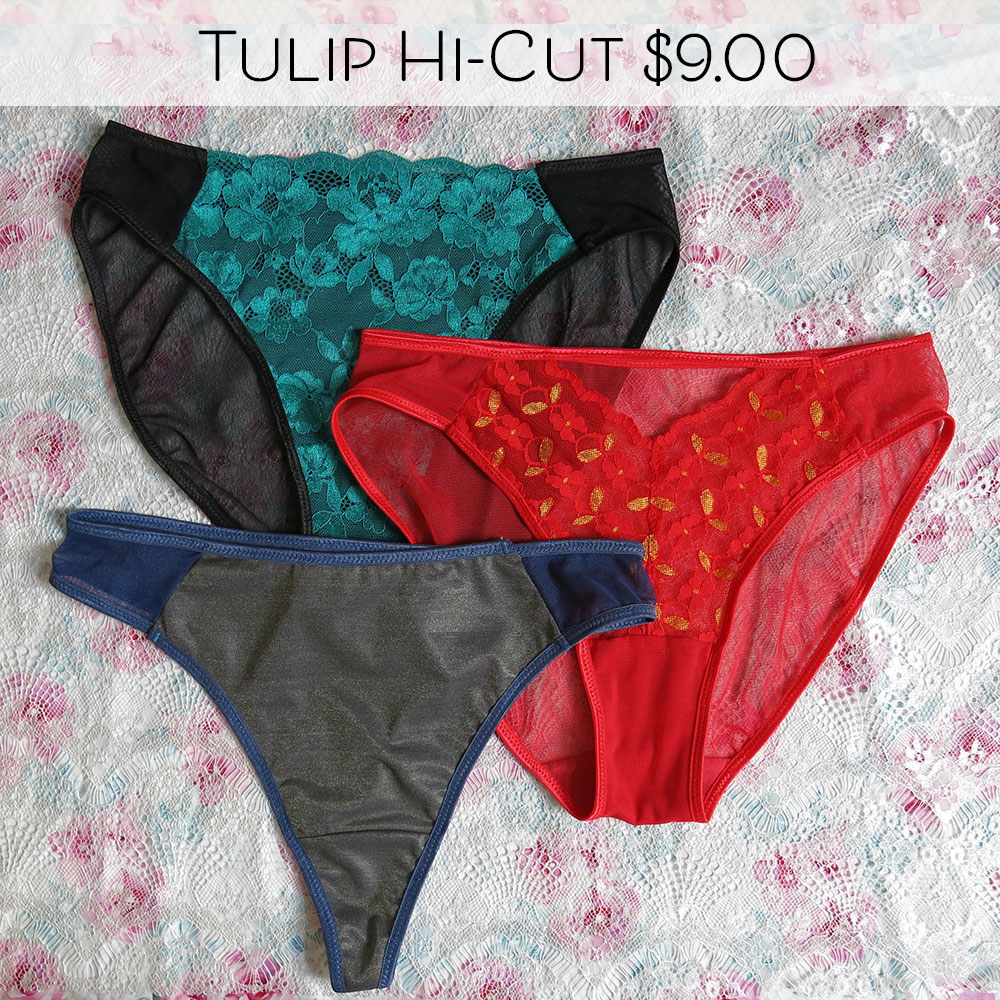
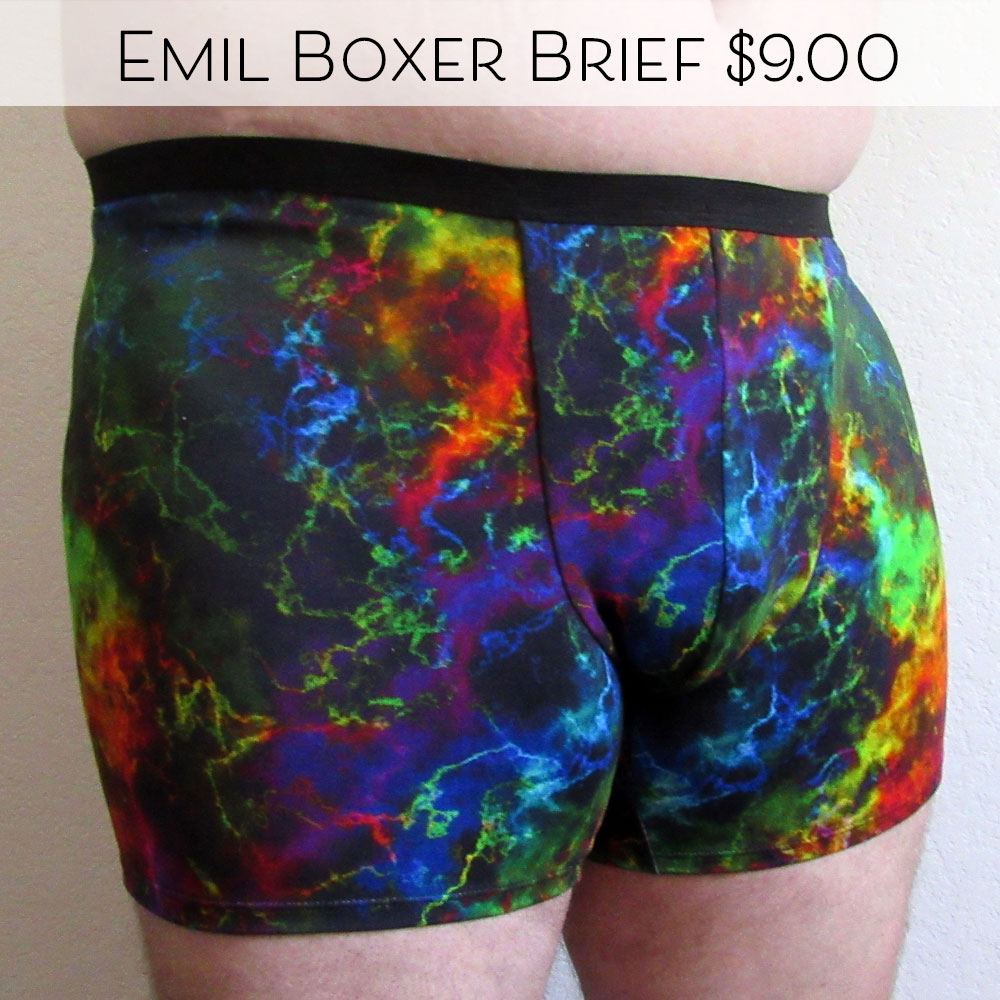
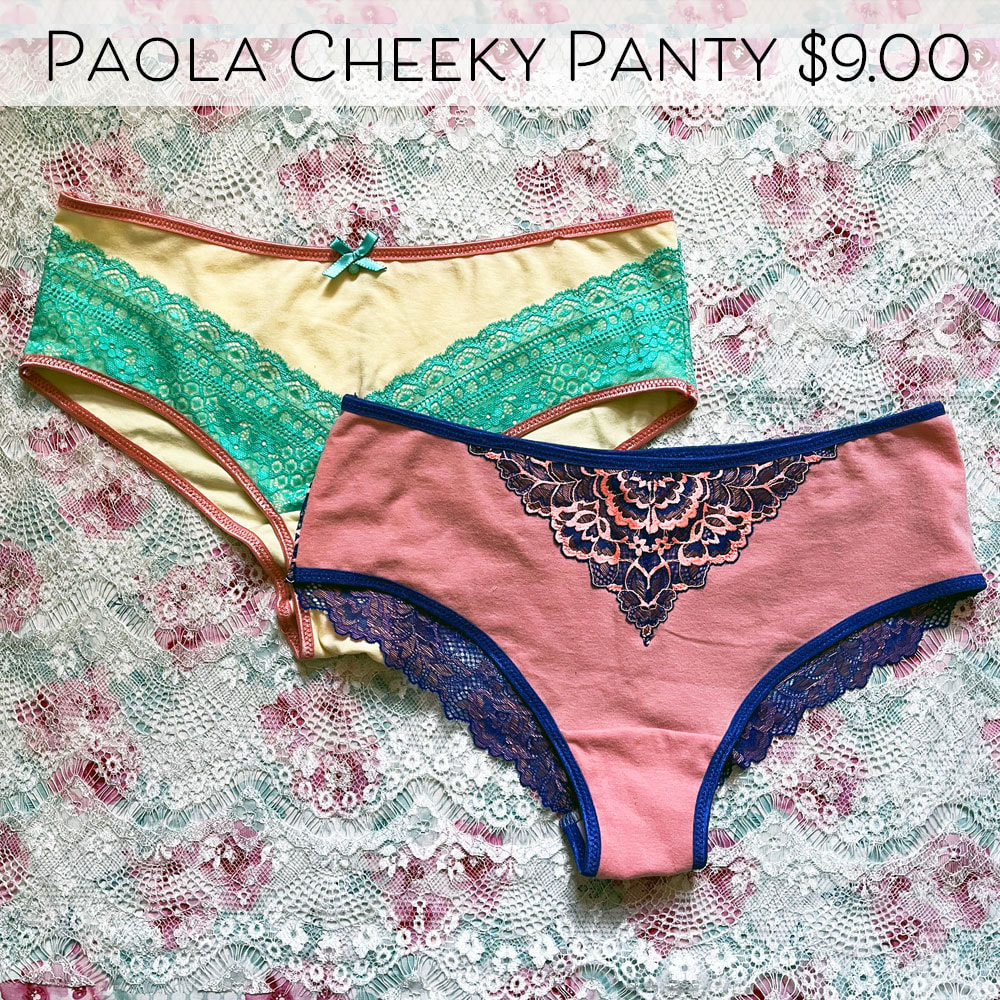
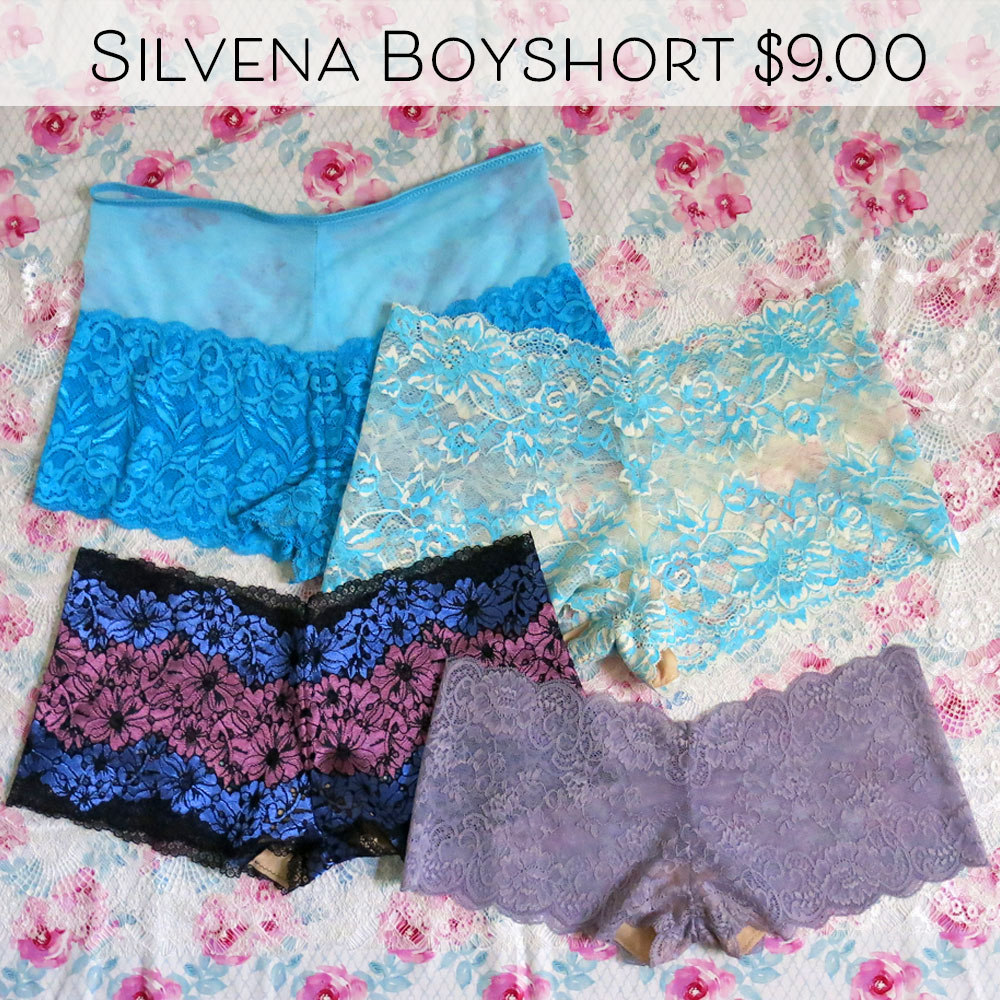
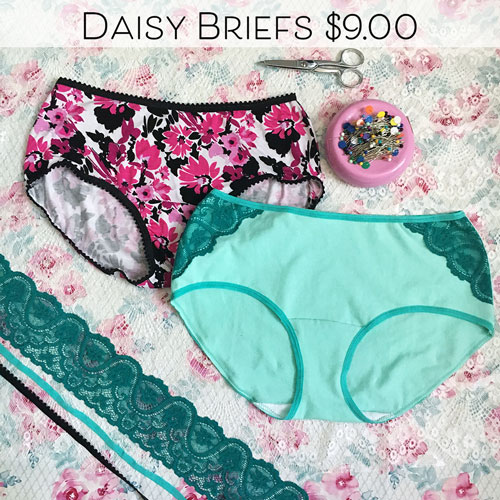
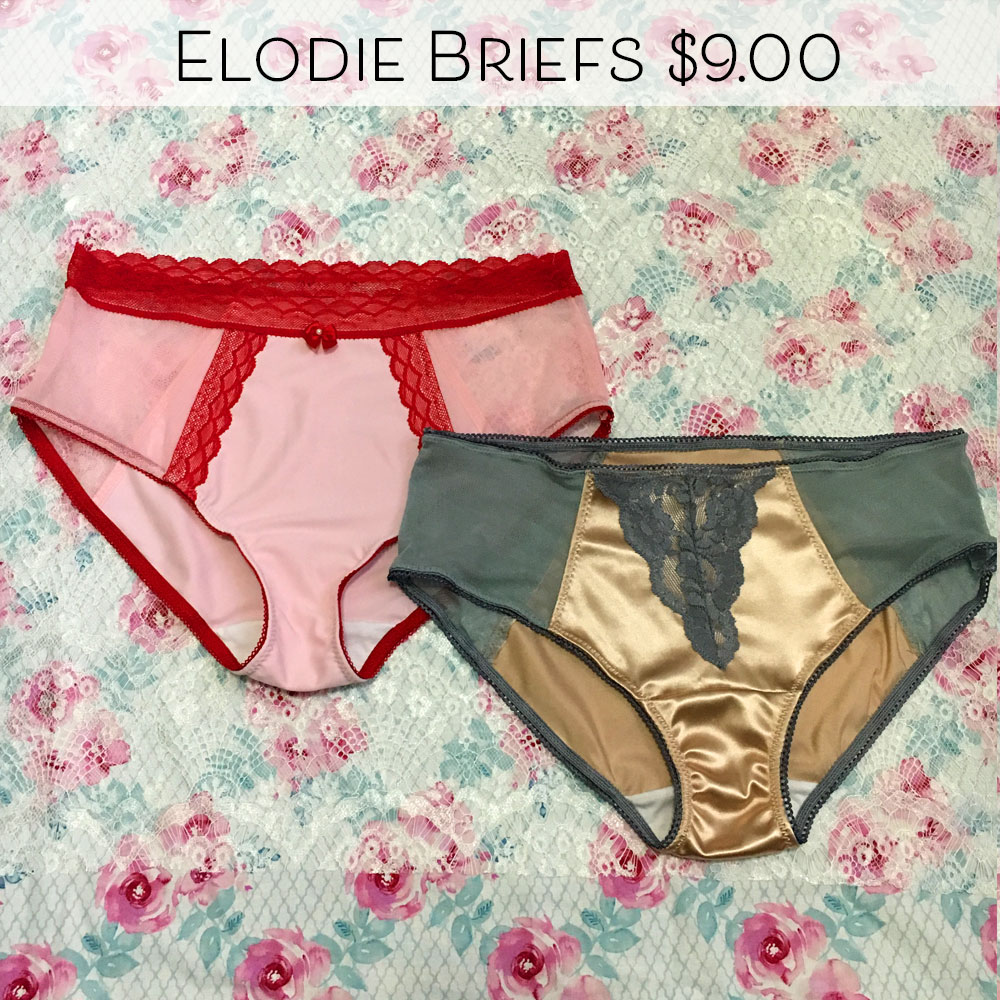
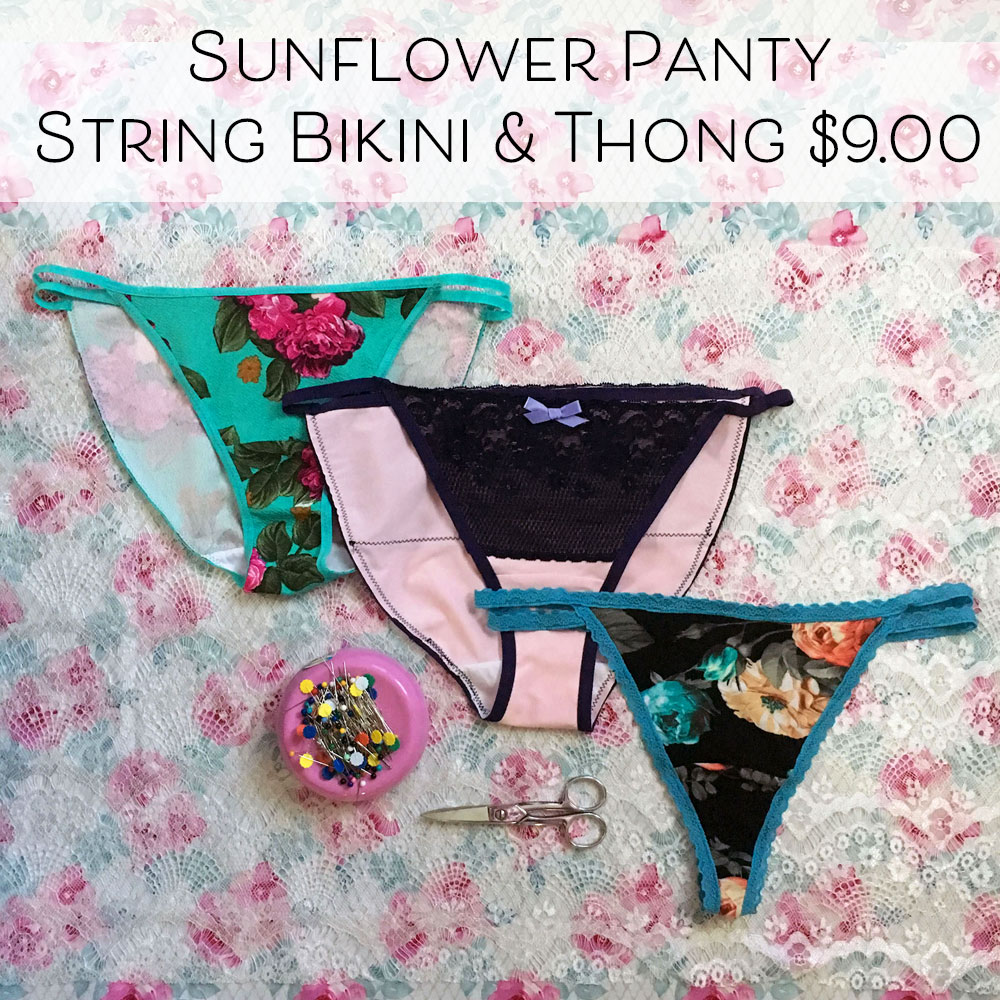
 RSS Feed
RSS Feed